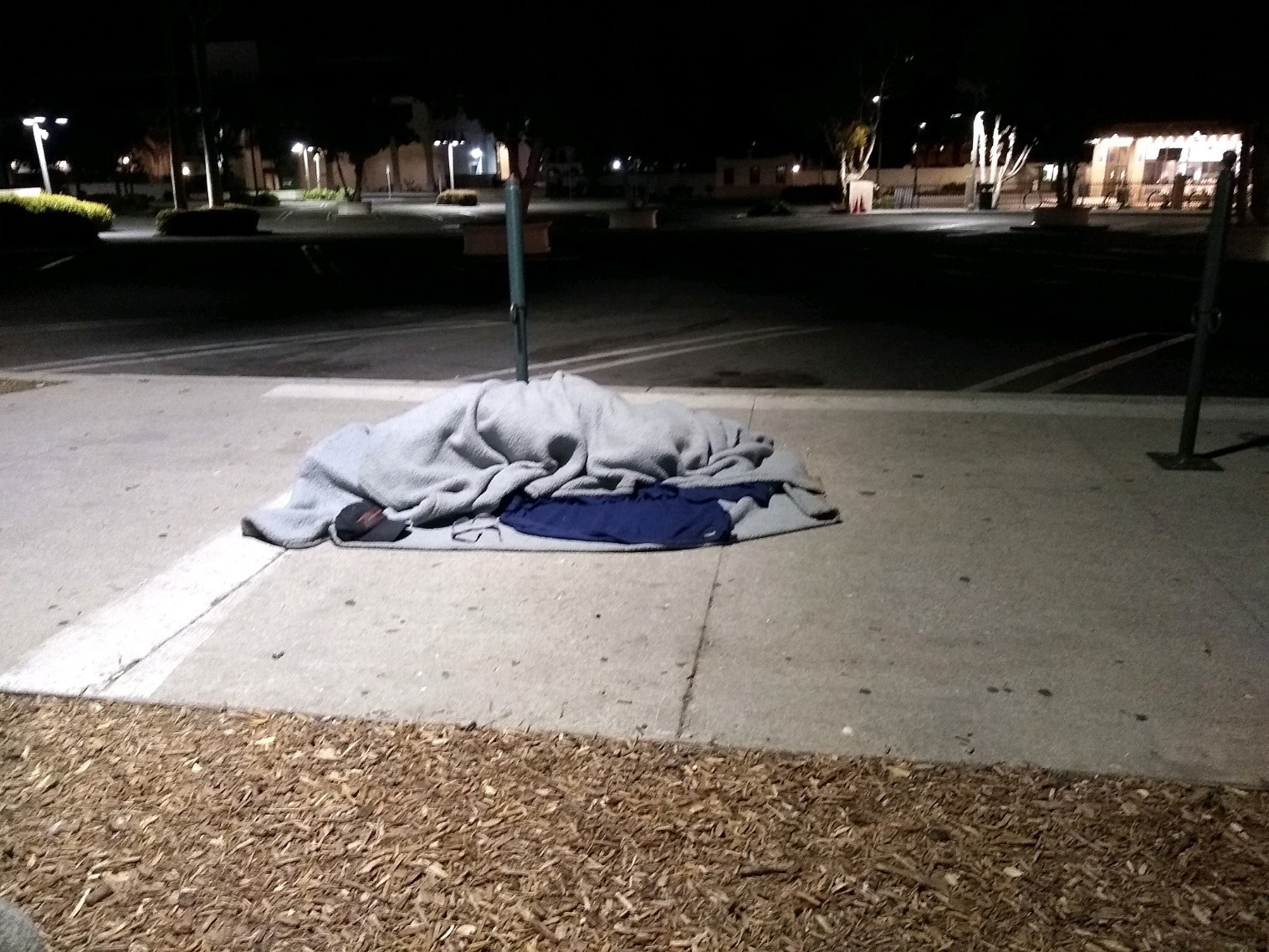Santa Barbara City Council Blows Both Ways on Homelessness
Gives with One Hand, Taketh Away with the Other

In a striking display of going in opposite directions at the same time, the Santa Barbara City Council is being asked to crack down on homeless people living in their vans while authorizing the expenditure of nearly half-a-million dollars to provide motel rooms for up to six months for up to 25 homeless people now living on the streets. Both these items will be before the council this coming Tuesday; both have been placed on the “consent agenda,” meaning no discussion or deliberation is expected unless specifically requested by one or more councilmember.
At the request of city Parks and Recreation czar Jill Zachary, the council is being asked to authorize the removal of vans and cars illegally parked in any of the city’s 60 parks. The request is accompanied by a staff report itemizing in some detail the abuses park facilities, park patrons, and park employees have had to endure at the hands of some people who’ve been using park parking lots as their de facto four-wheeled campgrounds. In recent weeks, Parks and Recreation has had several downtown parks — Pershing and Dwight Murphy — cleared of tents, bicycles, and other personal effects belonging to clusters of squatters. At the time, City Attorney Ariel Calonne stated that illegally parked vans and cars could not be moved without council authorization. Tuesday’s vote — if it passes — would constitute that.
Homeless rights advocates have suggested that the removal of the homeless camps — whether four-wheeled or tented — violates an edict from the Centers for Disease Control (CDC) not to disperse homeless encampments because of public health concerns. To date, the CDC has not revoked its recommendations. In prior conversations, Zachary countered that as COVID infection rates continue to drop, the state has opened up local parks to recreational sports. That, she said, authorizes the removal of parties inimical to that objective. Where the displaced parties go when removed from parking lots, however, remains the million-dollar question. With no real alternative housing, not nearly enough shelter beds, and a jail system that’s all but shut down to all but the most serious cases, most everyone agrees that it’s a perpetual game of Whac-a-Mole, but one often with tragic outcomes. In 2018 — the last year for such records — 42 homeless people died countywide.
In the same meeting, however, city councilmembers will be asked to approve a proposal to authorize a contract with CityNet to spend $480,000 in federal homeless dollars to pay for motel accommodations to get up to 25 chronically homeless people off the streets, under a roof, and prepared to make the transition into some more permanent form of transitional housing.
According to a street census taken of the homeless population in Santa Barbara County in 2020, the City of Santa Barbara has 914 homeless people, of whom 542 are living an unsheltered life. This number does not include people living in their vehicles. The hotel-motel housing model was adopted as a statewide program; to date 173 homeless people have been put up in motel rooms during COVID, 57 of whom have reportedly transitioned into more permanent housing. According to the estimates embraced by City Hall, the City of Santa Barbara would need 262 temporary shelter beds, 120 short-term housing units, and 232 permanent supportive housing units to meet the demands of the city’s current homeless population.
Support the Santa Barbara Independent through a long-term or a single contribution.



